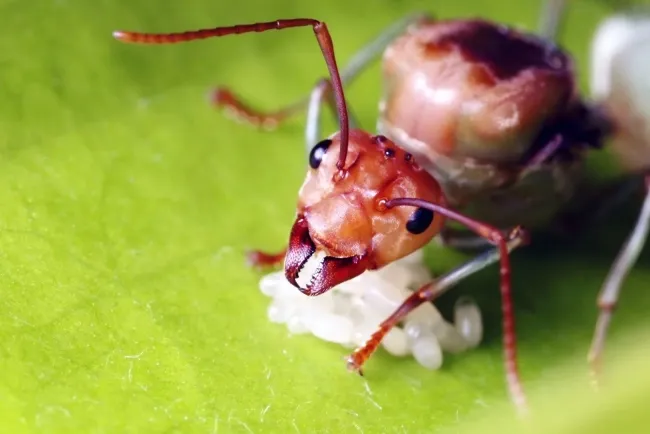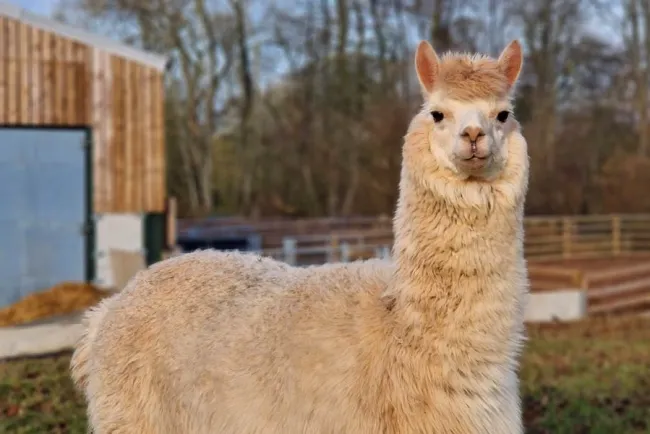"A cat’s love is purrmanent."
Cats are much more than just charming, fluffy creatures—they are complex animals with a rich history, distinctive behaviors, and a deep connection to the humans who care for them. Whether they’re napping in a sunbeam, engaging in playful antics, or curling up in a lap, cats offer companionship that is often quiet, subtle, and deeply rewarding. Their presence in our lives enriches our homes, bringing joy, comfort, and the occasional mystery, making them one of the most cherished pets in the world.
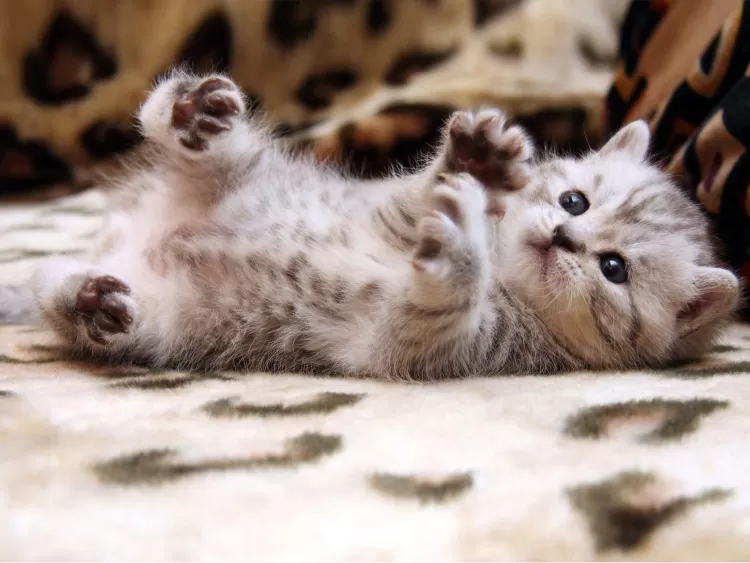
Cats (Felis catus) are among the most popular and beloved pets around the world. With their independent personalities, playful nature, and deep connection to humans, cats have earned a special place in homes and hearts alike. Whether curled up on a windowsill, chasing after toys, or silently observing their surroundings, cats exhibit behaviors and traits that make them both fascinating and endearing.
Domesticated cats are descendants of wild ancestors, primarily the African wildcat (Felis silvestris lybica), which began to form a symbiotic relationship with humans around 9,000 years ago. The earliest evidence suggests that cats were attracted to human settlements due to the abundance of food, particularly rodents, which were drawn to stored grains. Over time, humans and cats developed a mutual understanding—cats helped control pests, while humans provided food and shelter. This natural partnership evolved, and cats became more domesticated, forming the close bond we recognize today.
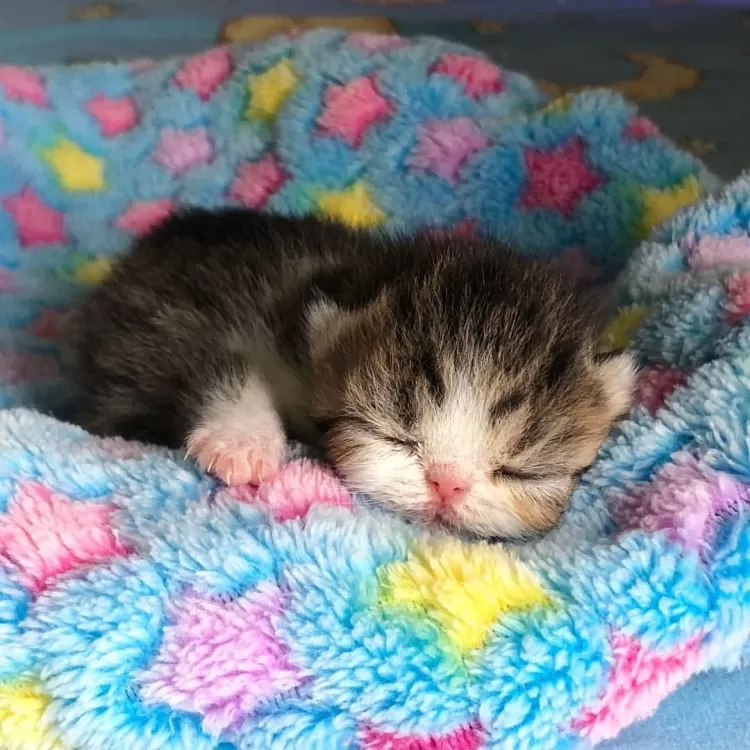
One of the most notable characteristics of cats is their independence. Unlike dogs, which are pack animals and often crave attention and companionship, cats are solitary hunters by nature. They tend to be more self-reliant, with many cats being content to spend time alone. This doesn’t mean they lack affection, though. Many cats form deep attachments to their human companions, seeking attention on their own terms, often with quiet purrs, head nudges, or by sitting in close proximity to their favorite people. Cats are known for their ability to choose when and how they interact, which can make their affection feel especially rewarding.
Cats have a reputation for being low-maintenance pets, especially when compared to dogs. They are fastidious groomers, using their rough tongues to clean their fur and keep it in pristine condition. Their grooming behavior is not just for cleanliness; it’s also an important part of their social and bonding behaviors. Cats groom each other to reinforce social bonds, and when they groom their human companions, it can be seen as an expression of affection and trust.
Another fascinating aspect of cats is their agility and physical capabilities. Cats are incredibly graceful and athletic creatures. They have excellent balance, sharp reflexes, and powerful legs that allow them to leap several times their own body length. Their retractable claws are used for climbing, hunting, and self-defense, making them expert hunters and survivors. Cats’ ability to twist their bodies mid-air and land on their feet is an adaptation known as the "righting reflex." This reflex allows them to orient their bodies and land on their feet even when they fall from great heights.
Cats are also known for their communication skills, though their language is much su
btler compared to other pets. They use a combination of body language, vocalizations, and scent marking to express their emotions and needs. For instance, a cat may flick its tail to indicate annoyance or excitement, while a slow blink is often a sign of affection or trust. Cats can also be very vocal, with meows, purrs, hisses, and growls all serving specific purposes. While adult cats generally only meow to communicate with humans, kittens meow to their mothers, and the sound often evolves into different pitches and tones depending on the situation. Purring is often associated with contentment, but cats also purr when they are anxious or in pain, so it can sometimes be a way to comfort themselves.
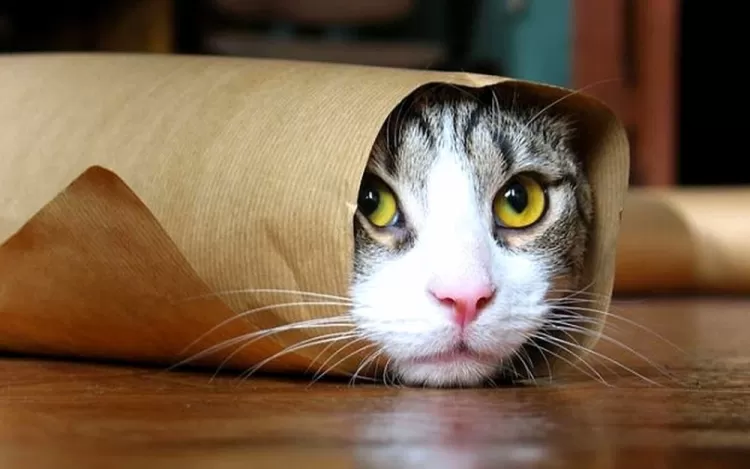
The social structure of cats in the wild is often misunderstood. While they are solitary hunters, cats can also form loose colonies when resources like food and shelter are abundant. These colonies are usually matriarchal, with related females and their offspring forming the core. In these colonies, cats engage in mutual grooming and sharing of resources, though they still maintain a significant level of independence.
A cat’s life expectancy varies depending on factors such as genetics, lifestyle, and healthcare. While indoor cats typically live 12-16 years on average, some can live into their 20s with proper care. Outdoor cats generally have a shorter lifespan due to the dangers they face, including traffic, predators, and diseases. Regular veterinary care, including vaccinations and parasite prevention, is essential to maintaining a cat’s health. Cats are prone to specific health conditions, such as kidney disease, dental problems, and obesity. These issues can be managed or prevented with regular check-ups and a proper diet.
Cats have also become an essential part of human culture. They have been revered in ancient civilizations, such as Egypt, where they were worshipped as sacred animals associated with the goddess Bastet. In more recent history, cats have appeared in art, literature, and film, further cementing their status as cultural icons. They are often associated with mystery, independence, and even superstition. For example, black cats have been both feared and revered, with varying beliefs about their role in folklore.
In modern times, cats have found their place as therapeutic companions, offering comfort and emotional support to people with mental health issues, including anxiety and depression. Studies have shown that spending time with cats can lower stress and promote relaxation, in part due to their calming purring and the soothing act of petting.
What's Your Reaction?









